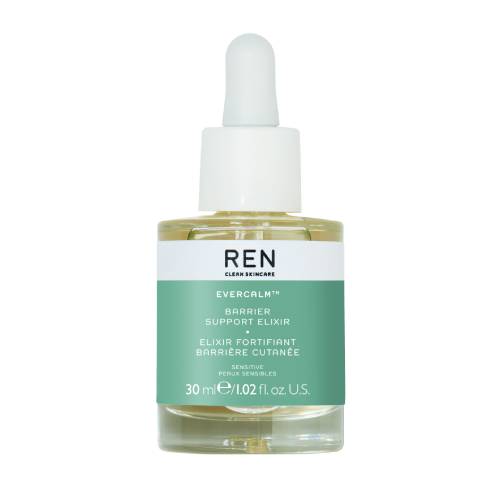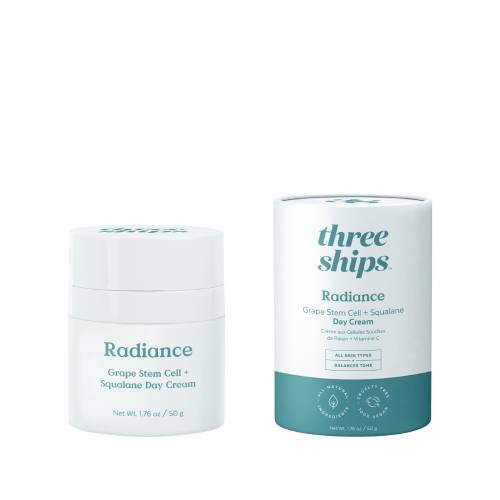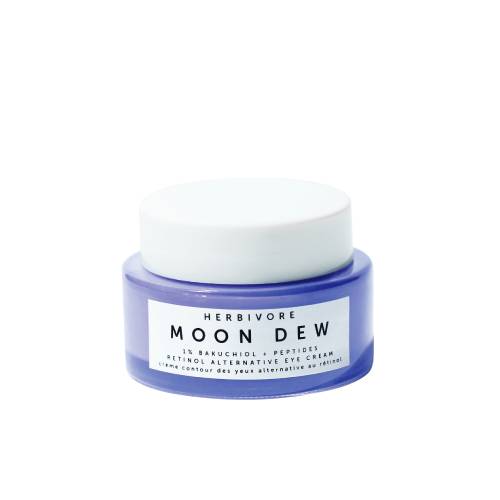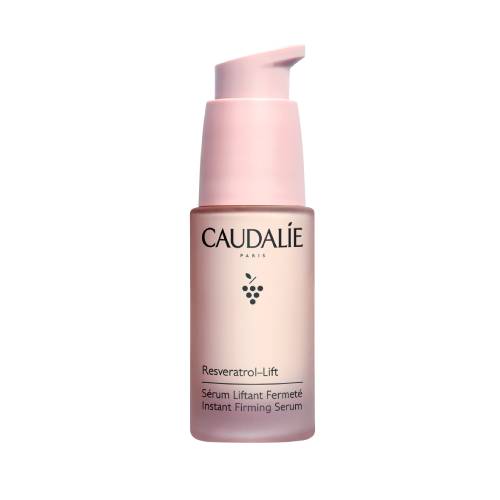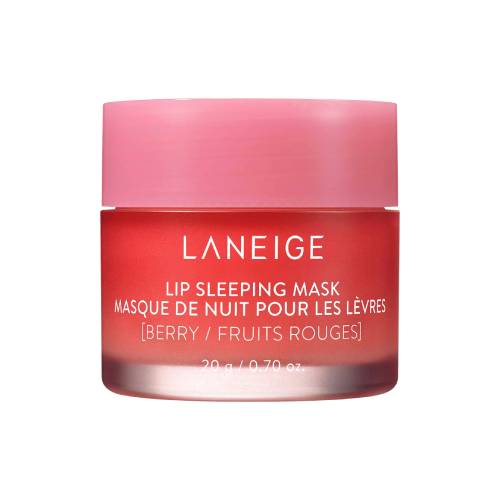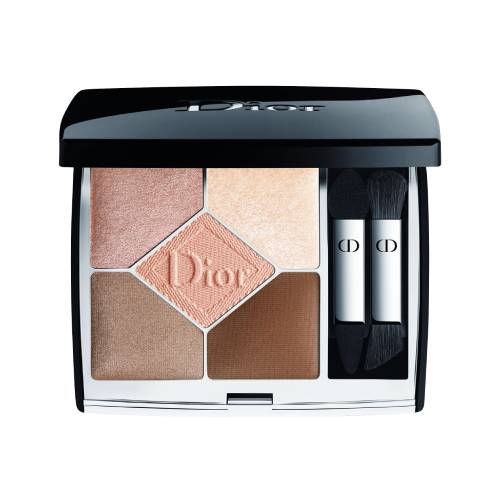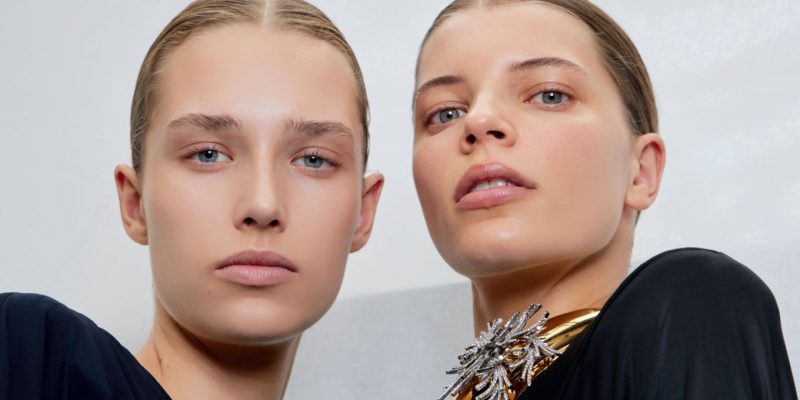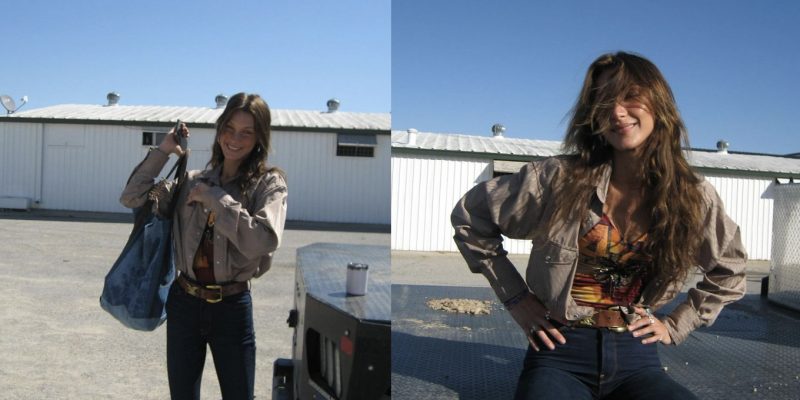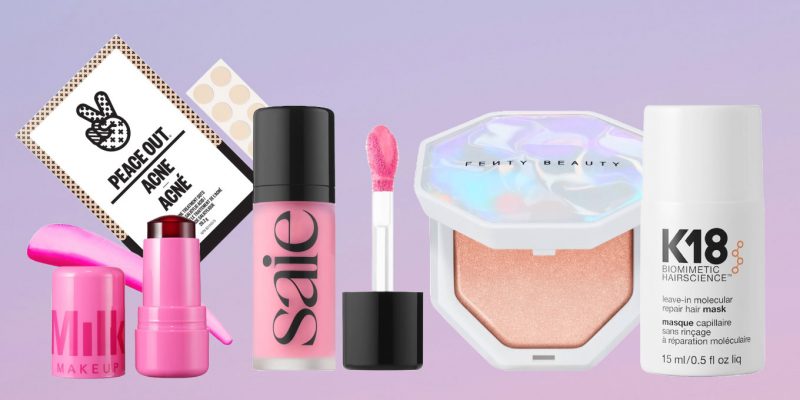Skincare
Every item on this page was chosen by an ELLE Canada writer. We may earn commission on some of the items you choose to buy.
How to Upcycle Your Beauty Products
Landfills are overflowing, and greenhouse gases are rising. Could the beauty industry’s adoption of upcycling be part of the solution?
by : Caitlin Kenny- Apr 26th, 2023
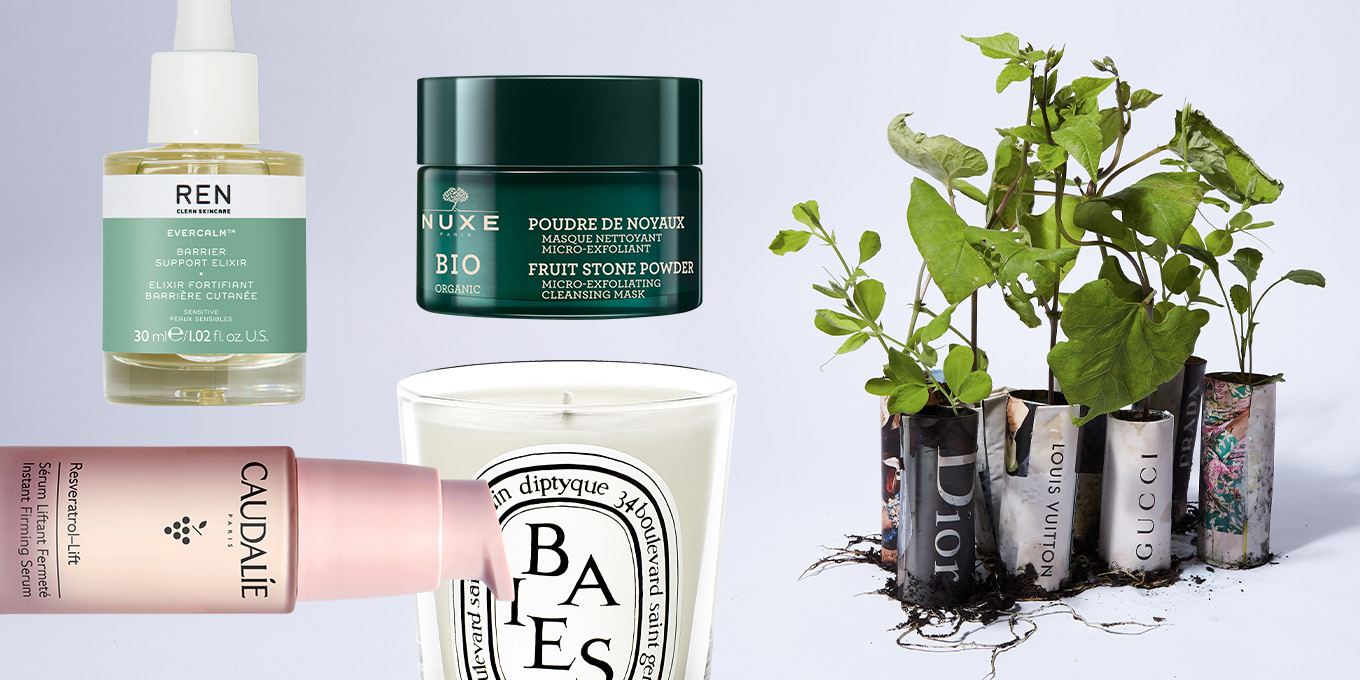
Catherine Losing/Trunk Archive
The sandy soils of the Centre-du-Québec region make it the perfect home for sprawling boggy cranberry fields. As the second-largest producer of the fruit worldwide (after Wisconsin), the province keeps the ruby-hued juice flowing at home and abroad—but it’s the leftovers from the processing that are proving their potential.
This month, Dermalogica’s at-home chemical peel Liquid Peelfoliant hits shelves, and it boasts a cranberry enzyme that’s extracted from the post-juicing scraps of an organic grower in Quebec. “Our supplier partnered with a family-owned farm that’s been operating for 20 years and is fully committed to sustainability,” says Morgan Francis, Dermalogica’s sustainable-ingredients specialist—a role that was recently created to help the California-based skincare brand pursue its earth-friendly goals, which include having 90 percent of its ingredients sustainably sourced by 2025.
That’s where upcycling can play a big role—for Dermalogica as well as in the broader beauty landscape. Think of the practice as the industry’s version of the old adage that one man’s trash is another man’s treasure. “Upcycling is taking a material that would typically go to waste and turning it into something that has higher value,” says Francis. This is different from recycling, where the material is kept in the same loop—using plastic to make plastic, for example—typically decreasing in quality through the process.
Making clever use of by-products and waste isn’t unique to the beauty industry. There are some companies using misshapen produce to formulate nutritional supplements (Outcast Foods), others turning leftover apple skins into faux leather (Toronto-based Samara) and some even taking ocean plastics or cotton bits and giving them new life as unique fabrics (Adidas, Everlane, Reformation).
The global market for upcycled ingredients is currently estimated to be more than $350 million and is expected to grow to more than $650 million over the next decade, according to market-research firm Fact.MR. Though the food and beverage industry was one of the earliest adopters of upcycling, the firm’s report highlights recent surging demand from the cosmetics and personal-care industries.
Francis saw that interest play out this spring at In-Cosmetics Global, one of the beauty industry’s top trade shows, where upcycling was a hot topic and suppliers took home awards for their innovations in upcycled ingredients. But the practice, while novel territory for Dermalogica, isn’t altogether new, especially among brands that lead with “green” or “clean” messaging.
“We’ve been using upcycled ingredients for almost 20 years,” says Ren Clean Skincare global ambassador David Delport. The British brand started with upcycled rice oil soon after its debut and has continued to use by-products ever since, most recently in its Evercalm Barrier Support Elixir, which contains upcycled rice germ.
French skincare brand Caudalie was actually born from the idea of upcycling, when founder Mathilde Thomas learned that the wine-production remnants from her parents’ vineyard held skincare benefits. For example, the namesake ingredient in the Resveratrol-Lift Instant Firming Serum is sourced from grapevine stalks.
Similarly, Toronto-based Three Ships extracts molecules from boreal-forest tree bark that would typically be discarded during the lumber-manufacturing process. Blended into its Radiance Grape Stem Cell + Squalane Day Cream, these ingredients offer elasticity-boosting hydration. And the nourishing bilberry in Herbivore’s new Moon Dew 1% Bakuchiol + Peptides Eye Cream comes from the food industry. New York’s Farmacy boasts a long list of products that contain upcycled ingredients—including tangerine peel in its new 10% Waterless Vitamin C Serum—and in 2021, the company reportedly used around 650 kilograms of ingredients that might otherwise have ended up in landfills. For 2022, it has pledged that all new products will include upcycled ingredients, targeting two tonnes of food waste.
Skin-scrubbing ingredients can often be repurposed from the food industry—from the apricot seeds in Nuxe’s Bio Micro-Exfoliating Cleansing Mask to the coffee grounds in Cocokind’s Scrubbing Clay. Outside of skincare, we’re seeing the beginnings of upcycling in fragrance too. Mugler’s Angel Nova Eau de Parfum Spray uses previously distilled rose petals to obtain a second, different-smelling extract.
All of these efforts help limit how much waste goes to landfill, a worthwhile pursuit given that the United Nations’ Food and Agriculture Organization estimates that 1.3 billion tonnes of food—or a third of all food produced for human consumption—is wasted per year globally. “When food waste goes into a landfill, it decomposes and can produce methane, which is a very potent greenhouse gas,” says Alissa Sasso, manager of consumer health for the Environmental Defense Fund in the U.S. Using by-products and waste for beauty ingredients also means that fewer raw materials need to be grown in the first place, which saves water and energy while also reducing carbon emissions.
But getting all these planet-friendly benefits requires a lot of upfront heavy lifting for brands and ingredient-makers because they have to set up the supply chains. “It can be a resource-intensive process to get from wanting to use an ingredient in a product to actually being able to do it, in terms of both the process for turning it into something that can be used in the final product and making sure it’s being rigorously evaluated for safety,” says Sasso. Delport agrees: “Connecting the supply of the waste and the laboratory in a meaningful way that has durability and financial feasibility is potentially tricky, but I’m hoping it’s the sort of thing that catches on the more we talk about it.”
And how we talk about it matters, as both Sasso and Delport flag the risk of upcycling becoming a mere marketing ploy. It’s part of the reason Sasso would like to see the beauty industry come to a common definition of upcycling, like the Upcycled Food Association has done for its own industry. “The more information that’s out there and the more that companies align around the idea—it can help to avoid greenwashing and make sure that things are as transparent as possible for consumers,” she says.
Ultimately, there’s still much to discover in terms of how huge upcycling’s impact could be. “We really want to see companies being transparent about how and why they’re using these ingredients and how they evaluate for environmental benefits,” says Sasso, noting that a life-cycle analysis is the gold standard (something Dermalogica has under way for Liquid Peelfoliant’s cranberry extract).
With many of us looking for the next step beyond the clean movement’s ban on certain chemicals, there’s a great opportunity for brands to lead the way in upcycling. And with scientists’ loud and clear warnings about the perilous rate of climate change, every bit counts.
BACK TO LIFE
We now know that only a fraction of what gets tossed in the blue bin actually gets recycled, so why not divert packaging from landfills with these clever upcycling hacks?
Lip Sleeping Mask, Laneige
Give your old lip-balm pot a good clean with some soap and then use it to keep painkillers or breath mints in your purse.
Price: $29
5 Couleurs Couture Eyeshadow Palette In Nude Dress, Dior
Clean out the empty pans of your luxury compact for a handy and chic case to pack with rings and earrings when you’re on the road.
Price: $80
Baies Candle, Diptyque Paris
Pop your finished candles in the freezer to make it easier to chip out the wax and then fill the cleaned-out jar with writing tools, makeup brushes or a cute succulent.
Price: $98
Newsletter
Join our mailing list for the latest and biggest in fashion trends, beauty, culture and celebrity.
Read Next
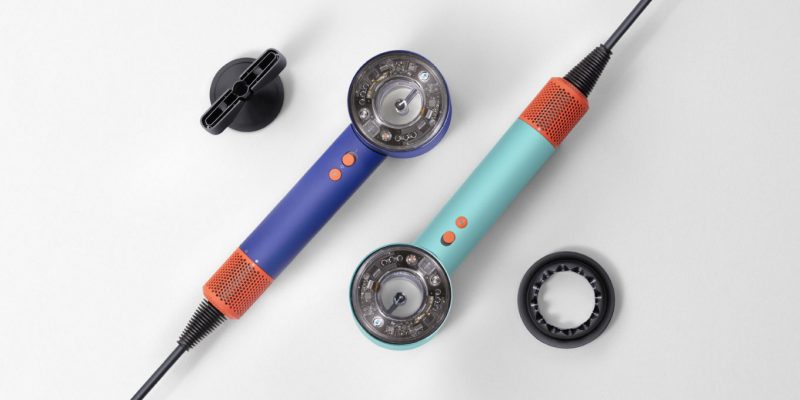
Beauty
Dyson Just Launched Its Most Intelligent Hair Dryer Yet
Get ready to upgrade your blowout game.
by : Lauren Knowles- Apr 25th, 2024

Fashion
Meredith Shaw and Penn Have Created a Plus-Size Summer Dress Collection That "Feels Like Candy"
Morning Show Host Meredith Shaw wants you to "see your summer" in this curated collection for sizes 14-32.
by : Allie Turner- Apr 25th, 2024

Culture
ELLE Escapes: Savannah
Where to go, stay, eat and drink in “the Hostess City of the South.”
by : ELLE- Apr 15th, 2024

